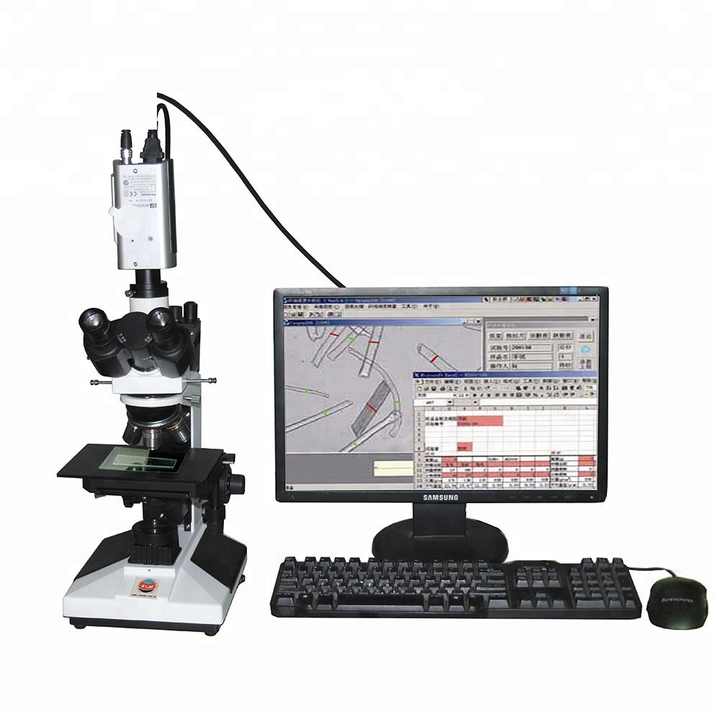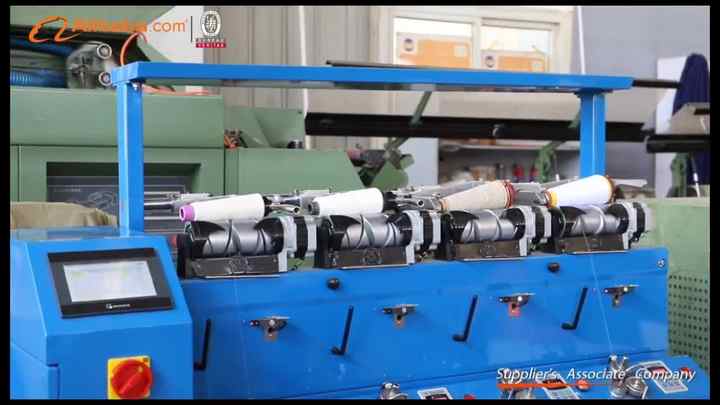Discover the Ideal Optical Fibre Diameter Analyser for Your Business
Discover the Ideal Optical Fibre Diameter Analyser for Your Business
Blog Article
Maximize Your Fiber Optic Efficiency: Comprehending Optical Fibre Diameter Analyser Innovation
The performance of fiber optic systems is seriously affected by the precision of their diameter, a factor usually ignored in the pursuit of ideal signal honesty. Understanding the innovation behind optical fibre diameter analysers reveals the complex equilibrium in between measurement precision and manufacturing top quality.
Importance of Optical Fibre Diameter
The size of optical fiber plays an important role in identifying the performance and effectiveness of interaction systems. Alternatively, smaller sized sizes often tend to sustain less modes, which can enhance signal clarity and reduce crosstalk.

Furthermore, recognizing the size's ramifications can bring about set you back financial savings by lowering the requirement for signal boosting and repeaters in comprehensive networks (optical fibre diameter analyser). To conclude, the importance of optical fibre size can not be overstated, as it directly affects the general effectiveness and integrity of modern communication systems

Just How Size Affects Signal Quality
Signal quality in optical fibre systems hinges dramatically on the diameter of the fiber. The diameter affects a number of vital parameters, consisting of depletion, transmission capacity, and modal diffusion. A smaller sized diameter can lead to greater attenuation rates, leading to signal loss as light journeys via the fiber. This depletion can compromise the stability of the transmitted information, bring about a decrease in signal high quality, particularly over fars away.
Alternatively, larger sizes normally enable improved light capture and lowered modal dispersion, boosting signal quality. In multimode fibres, a bigger core diameter can support multiple light modes, yet it may likewise introduce intermodal diffusion, which can weaken signal top quality. Picking the optimal fibre size is essential for achieving the desired efficiency in certain applications.
Additionally, the interaction in between the fibre size and the wavelength of the light made use of plays an important function in establishing the reliable transmission distance and overall signal stability. As such, comprehending exactly how fibre size impacts signal top quality is important for network designers and engineers striving to enhance optical fiber systems for reputable, high-speed data transmission.
Introduction of Size Analyser Technology
In lots of optical fiber manufacturing processes, accurate dimension of fiber size is vital for making sure regular performance and quality (optical fibre diameter analyser). Diameter analysers are innovative tools designed to examine the physical measurements of optical fibers with high precision. They utilize sophisticated optical and laser modern technologies to gauge the size, ovality, and concentricity of the fibre, thus providing essential data for high quality control
These analysers can run in-line throughout the manufacturing process or as part of off-line testing procedures. In-line systems allow real-time monitoring, enabling producers to adjust parameters right away, consequently maintaining optimum manufacturing conditions. Off-line analysers, on the other hand, give comprehensive evaluations of sets, making sure that any discrepancies from defined resistances are recognized and dealt with.
Diameter analysers dramatically add to the decrease of issues in optical fibers, boosting total item integrity. By continually gauging key specifications, these technologies assist in compliance with industry criteria and requirements. As the demand for high-performance optical fibres proceeds to climb, the function of diameter analysers ends up being significantly important in attaining the desired quality and performance criteria in fibre optic systems.
Key Features of Fiber Diameter Analysers
Although numerous models of fiber size analysers exist, they typically share a number of key features that boost their capability and integrity. Among the most considerable attributes is high-resolution measurement abilities, which make sure accurate size analyses, critical for preserving top quality control in fibre manufacturing. Additionally, several analysers integrate sophisticated optical sensing units made to detect minute variants in fiber diameter, thus offering indispensable information for process optimization.
One more essential attribute is real-time monitoring, enabling operators to receive immediate comments on fibre diameter throughout the production process (optical fibre diameter analyser). This capability promotes fast modifications and decreases the chance of problems. Many analysers also come outfitted with straightforward user interfaces, enabling drivers to easily navigate through information and setups results
Moreover, robust data storage and evaluation functionalities are essential for tracking historical efficiency patterns and making sure conformity with industry standards. These attributes jointly add to the efficiency of fiber diameter analysers in maximizing fibre optic efficiency.
Best Practices for Fibre Optimization

First, regular calibration of optical fibre diameter analysers is necessary. This guarantees precise measurements and lessens potential inconsistencies that could influence performance. Next, maintaining a clean workplace is essential; dust and contaminants can result in signify destruction.
Furthermore, it is very important to choose fibres that fulfill details application requirements. This involves reviewing factors such as attenuation, bandwidth, and environmental conditions. Proper installation strategies ought to additionally be abided by, consisting of preventing sharp bends and extreme tension, which can jeopardize fibre stability.
In addition, utilizing advanced surveillance systems can promote real-time efficiency evaluations, allowing prompt identification of problems. Routine testing and maintenance should be performed to make sure that fibers remain within optimal operational specifications.
Finally, training workers on the current fiber optimization technologies and approaches will boost their capacity to implement efficient strategies. By following these best methods, click here for info organizations can dramatically boost the efficiency and life-span of their optical fiber systems, making sure effective communication and information transfer.
Verdict
To conclude, the combination of optical fibre diameter analyser technology is essential for making the most of fiber optic efficiency. By making sure accurate measurements of fiber dimensions, these analysers considerably boost signal quality and decrease losses during data transmission. Routine calibration and upkeep of why not try here the analysers are critical to support optimum efficiency and conformity with market standards. Inevitably, the application of this technology promotes improved information transmission rates and reinforces signal integrity, contributing to the general effectiveness of fiber optic systems.
Signal top quality in optical fibre systems hinges substantially on the size of the fiber.In many optical fiber production processes, precise measurement of fiber diameter is crucial for making sure constant performance and top quality. As the demand for high-performance optical fibres proceeds to climb, the duty of diameter analysers comes to be progressively crucial in accomplishing the preferred high quality and performance criteria in fiber optic systems.
These functions collectively add to the effectiveness of fiber diameter analysers in enhancing fiber optic efficiency.
In final thought, the combination of optical fiber diameter analyser technology is vital for optimizing fibre optic performance.
Report this page